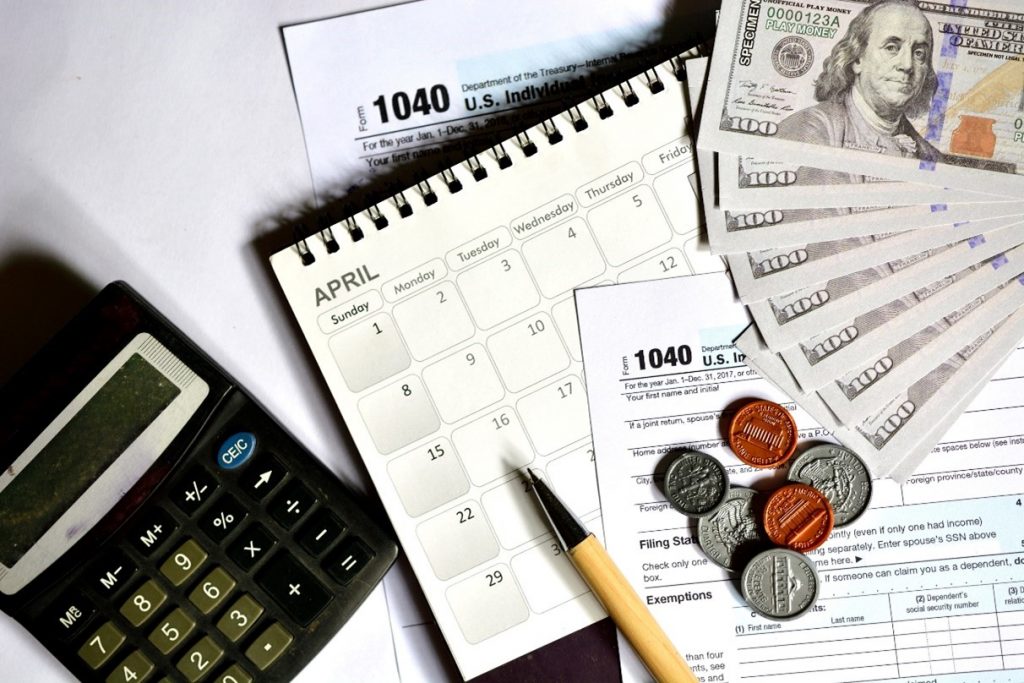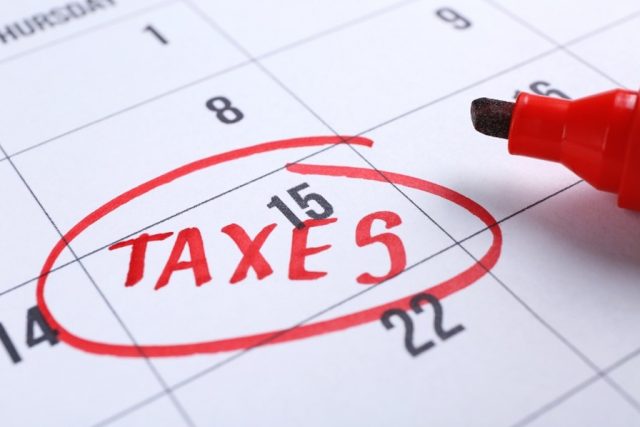Ameen Salous is an accountant for a firm in Oklahoma, that caters to both business and individual clients. In the following article, Ameen Salous discusses helpful tax tips to utilize when approaching the end of the year, which can help get the most out of your tax return.
Besides accountants, no one looks forward to tax season.
But the best defense against a stressful tax season is often preparing early — and knowing some secrets of the trade to make sure Tax Day isn’t just anxiety free, but more lucrative than ever before.
Ameen Salous says to follow these tried-and-true tax tips before the year’s end for a profitable return.
Focus on Late Deductions
A tax bill can be significantly lowered with some thoughtful and speedy deductions where one is in control of threw timing, such as a charitable contribution.
Ameen Salous says that by donating property or stock as opposed to cash, tax benefits can go even further. Those filing jointly could claim up to $600 in charitable contributions on their taxes, while individuals can only claim up to $300.
In addition, Ameen Salous says that if the donated property has been owned for over a year, there’s a double benefit since deducting the value on the day the gift was made means the capital gains tax payment can be eliminated.
Don’t Forget HSA and 401(k) Contributions
While contributions to an IRA or 401(k) that are tax-deductible have a cap, it’s usually a hefty chunk of change. In 2021, for example, those contributions maxed at $20,500. The caveat is that such donations are only accepted up to Dec. 31.
On the other hand, one can focus on tax-deductible contributions to health savings accounts and traditional IRAS, both of which can be made up to April 15 — Tax Day.
Ameen Salous says that another tax-advantaged account to consider contributing to is a 403(b), a type of retirement plan that many charities and public schools offer employees.
Reduce the Amount of Taxable Income
There are many approaches to hanging on to more of your money in the coming year. Through a practice called tax-loss harvesting, people can use any losses in investments to counterbalance gains made throughout the year.
Ameen Salous explains that on a joint tax return, that can be used for up to $3,000 in income. Some options include dropping securities with no growth potential or are no longer part of a long-term financial plan.
Use Roth IRA Conversations
When the stock market is especially volatile, it may be an option to convert current investments in ways that don’t fatten a tax bill. Something to keep in mind is that in 2026, tax rates related to income will fall back to the levels seen in 2017.
That circumstance will likely make Roth conversions less beneficial from 2026 onward. One does need to have liquid assets when going down the Roth IRA conversion path to cover the taxes that come with conversions.
 Or Try an Underutilized Roth Approach
Or Try an Underutilized Roth Approach
Those earning high incomes have the option to use a so-called mega backdoor Roth that helps people avoid taxes related to a Roth conversion and not be hindered by Roth IRAs’ limits to income.
The backdoor approach needs to be offered by an employee’s retirement plan according to Ameen Salous.
In general, it refers to maxing out before-tax yearly contributions to a 401(k), contributing tax dollars to the $61,000 to $67,00 tax limit (depending on age), and then eventually converting that contribution into Roth IRS funds as quickly as possible.
Start Thinking About a Legacy
If inheritance planning is on the mind, in 2022 individuals can give up to $16,000 if single and $32,000 if married to as many people as one desires without it impacting lifetime estate funds.
This practice allows for the transfer of tax-free wealth to heirs, though it won’t lower one’s yearly taxable income, says Ameen Salous.
Don’t Forget to Factor in Children
Families are now not permitted to shift tax bills on income from investments from a parent’s usually high tax bracket to the lower bracket of children. That’s thanks to Congress’ “kiddie tax.”
It’s best to now tread lightly when involving children in investment income tax plans. For the coming year, such income tied to a child is taxed above $2,300 and at the same parent rate. Plus, Ameen Salous explains that the tax is in effect until a child turns 24.
This means that if investment gains are too big and the unearned income (income gained from anything other than work or other business activities) tied to a child goes over $2,300, taxes could end up being paid at the same adult joint-filing rate.






